As @GT says, it's a 12-bit ADC, made by Hybrid Systems. Logo from USPTO.

According to this website:
Company: Hybrid Systems Corporation Based: Bedford, Mass.
Founded:
1967 (merged with Harris Semiconductor spin-off Data Linear in 1986 &
became Sipex Corp.)
Founders: Donald B. Bruck
Specialty: Manufacturer of hybrid integrated circuits, discrete component modules, thin-film
networks and modular sub-assemblies for the industrial, military /
aerospace and research market
This is a hybrid circuit, meaning that inside the hermetic can is not just a monlithic IC chip but a sort of ceramic (alumina) printed circuit board, typically containing multiple semiconductors (often bare wire-bonded dies), perhaps some passives similar to modern SMT parts, and resistors made by directly depositing thick film (printed) and/or thin film (deposited) resistive elements on the substrate (and firing them in an oven at relatively high temperatures- which, along with dimensional stability- is why the ceramic, and optionally trimming the values using abrasive or laser methods). Image from this web page:

The Electronics magazine advertisement says they are using thin-film networks for the critical resistors (probably an R-2R network with about 24 resistors) which means they would sputter or vacuum deposit rather than print those elements, and then they would trim them to get the required tolerances. Today that all can be done on a single IC chip, including the trimming and thin-film networks.



